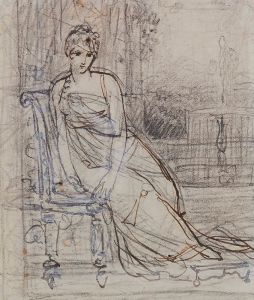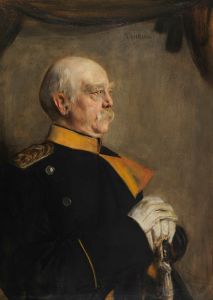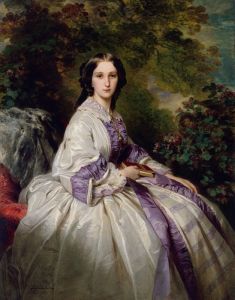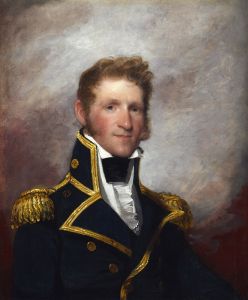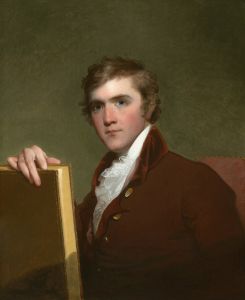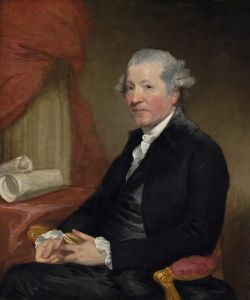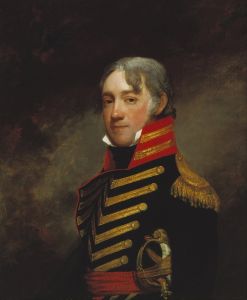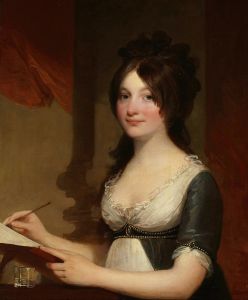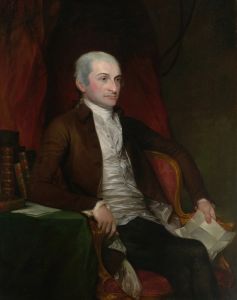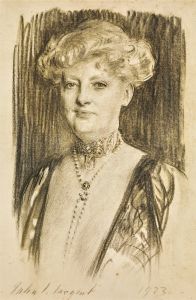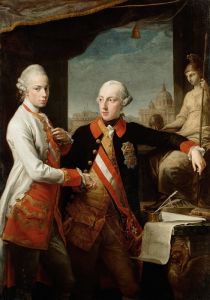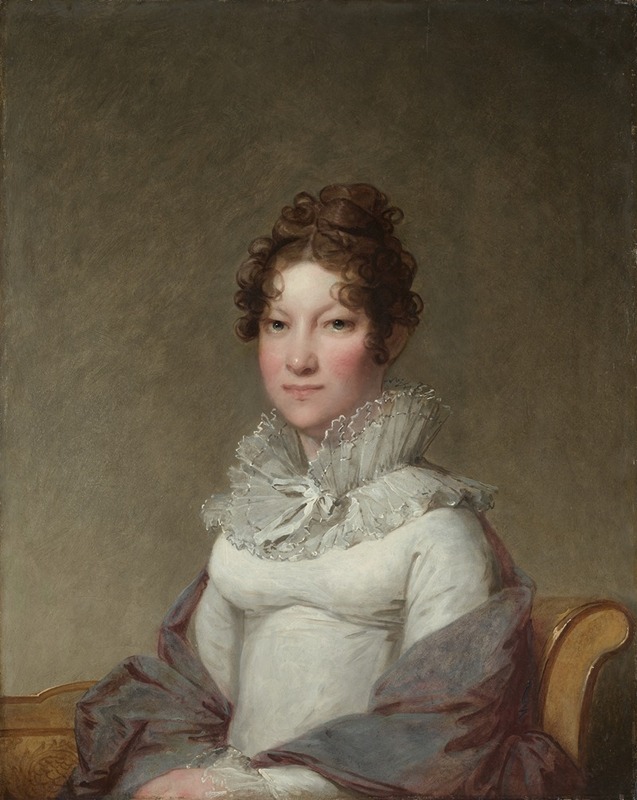
Mary Campbell Stuart
A hand-painted replica of Gilbert Stuart’s masterpiece Mary Campbell Stuart, meticulously crafted by professional artists to capture the true essence of the original. Each piece is created with museum-quality canvas and rare mineral pigments, carefully painted by experienced artists with delicate brushstrokes and rich, layered colors to perfectly recreate the texture of the original artwork. Unlike machine-printed reproductions, this hand-painted version brings the painting to life, infused with the artist’s emotions and skill in every stroke. Whether for personal collection or home decoration, it instantly elevates the artistic atmosphere of any space.
"Mary Campbell Stuart" is a portrait painted by the renowned American artist Gilbert Stuart. Gilbert Stuart, born in 1755 and deceased in 1828, is widely celebrated for his portraits of prominent figures in early American history, including the first six Presidents of the United States. His most famous work is the unfinished portrait of George Washington, known as the "Athenaeum Portrait," which has been used as the basis for the image on the U.S. one-dollar bill.
The portrait of Mary Campbell Stuart is one of the many works that exemplify Stuart's skill in capturing the likeness and personality of his subjects. Mary Campbell Stuart was a member of the prominent Campbell family, who were influential figures in the social and political circles of their time. The exact date of the painting is not definitively known, but it is believed to have been created during the late 18th or early 19th century, a period when Stuart was highly active and producing some of his most significant works.
In this portrait, Stuart employs his characteristic style, which includes a keen attention to detail, a delicate use of light and shadow, and a focus on the sitter's facial expression to convey their character. Mary Campbell Stuart is depicted with a composed and dignified demeanor, dressed in the fashion typical of her social standing. The background of the painting is simple and unobtrusive, ensuring that the viewer's attention remains on the subject.
Stuart's technique involved the use of thin layers of paint to build up the image, allowing for a luminous quality that gives the skin tones a lifelike appearance. This method also enabled him to capture the subtleties of the sitter's features and the texture of their clothing. The portrait of Mary Campbell Stuart is a testament to Stuart's ability to create a sense of presence and immediacy, making the viewer feel as though they are in the same room as the subject.
The painting is part of a larger body of work that includes portraits of many notable figures from the American Revolutionary period and the early years of the United States. Stuart's portraits are highly valued not only for their artistic merit but also for their historical significance, as they provide a visual record of the people who shaped the nation's early history.
Today, Gilbert Stuart's works are held in high esteem and can be found in major art collections and museums across the United States, including the National Gallery of Art in Washington, D.C., and the Museum of Fine Arts in Boston. The portrait of Mary Campbell Stuart, like many of Stuart's works, continues to be appreciated for its artistic excellence and its contribution to the cultural heritage of the United States.





